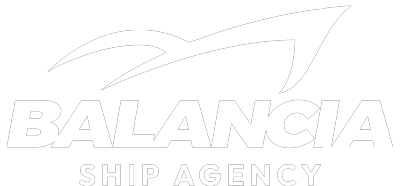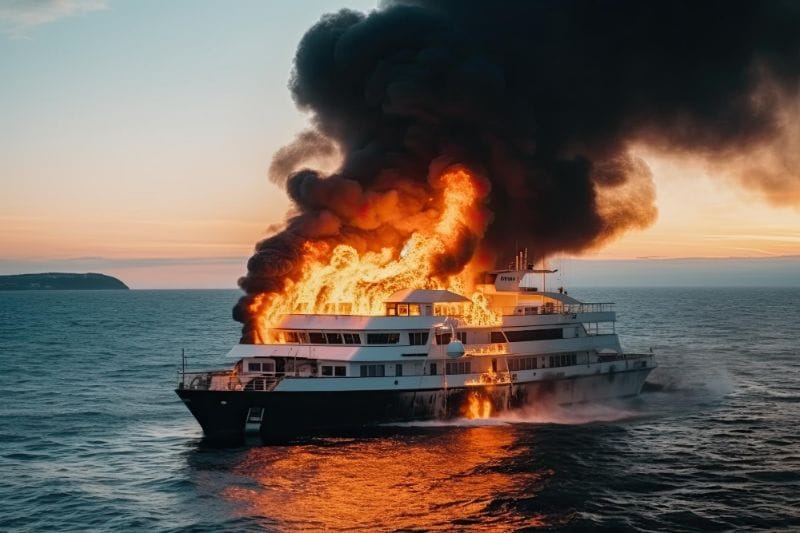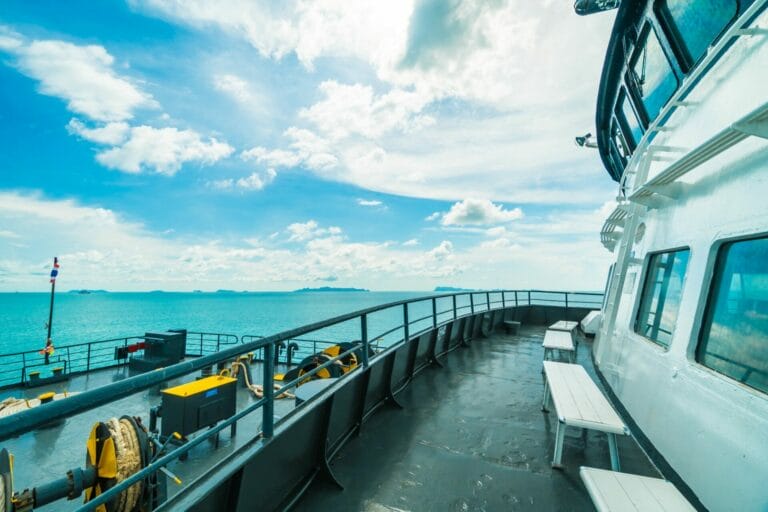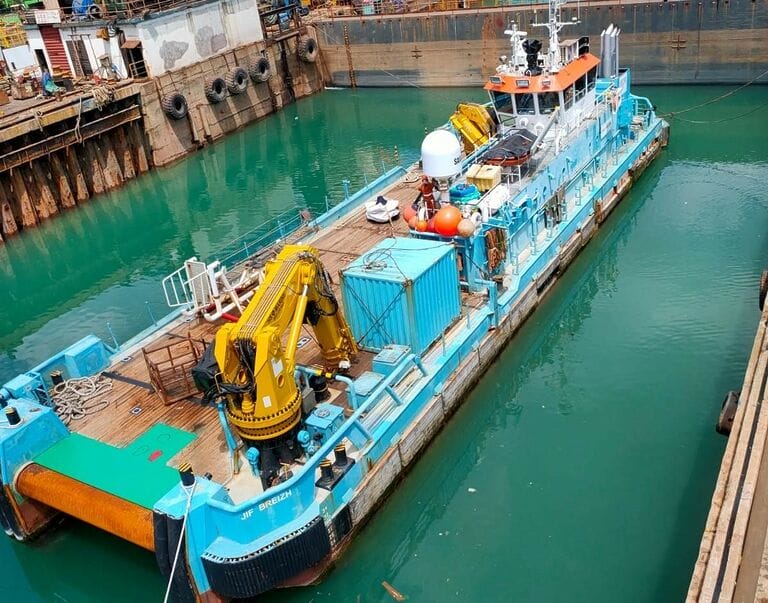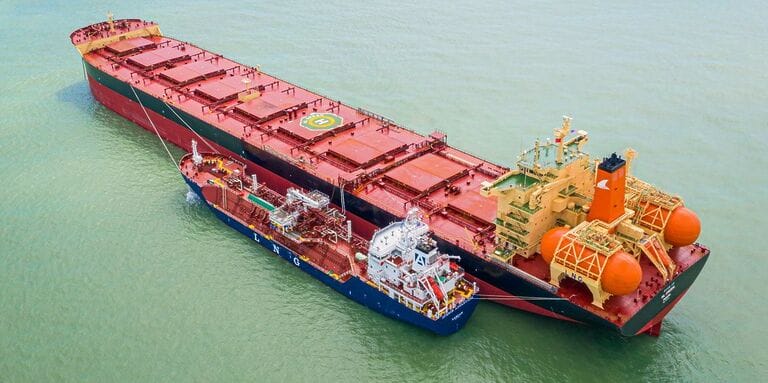Real Life Incident: Cargo Fire Takes 10 Days To Extinguish
A general cargo vessel was laden with cut timber tightly encased in plastic-wrapped bundles, both within the cargo hold and on the deck.
During departure from the loading berth, it was noticed by the linesman that an electrical extension cord connecting the vessel to the quay had not been disconnected. Although the crew on the forecastle alerted the bridge team, the vessel was already in motion, and the cable inevitably snapped.
Upon the pilot’s departure from the vessel, a portion of the extension cable was observed hanging beside the ship, yet it remained inspected post-departure. Throughout the voyage, no abnormalities were observed.
The ship anchored at a port to undergo bunkering via a bunkering barge. At the onset of bunkering, the crew aboard the barge detected a scent of smoke and promptly witnessed flames emerging from the deck cargo on the forward port side of the general cargo vessel.
Swiftly notifying the vessel’s crew, bunkering operations were halted, and the barge disengaged. The crew aboard the barge engaged their water cannon and maneuvered closer to the general cargo vessel in an attempt to suppress the fire. Concurrently, the vessel’s crew employed their own firefighting equipment. Despite the combined efforts of additional tugs and small vessels, the fire endured.
Assisted by its own power and accompanied by tugboats, the general cargo vessel was berthed at a designated refuge port seven days subsequent to the initial fire sighting. Eventually, a full 10 days after the fire’s inception, the blaze was officially declared extinguished.
The subsequent investigation confirmed that the extension cable, severed during undocking, was likely energized at the time of the fire’s commencement. Though a circuit breaker customarily responds rapidly to a direct metallic connection between conductors, an electric arc coupled with electrical conductors possessing substantial impedance can impede the breaker’s activation. Thus, an electric arc likely interacted with the plastic packaging or timber, culminating in ignition.
Key Takeaways in Cargo Fire
- Immediate rectification is imperative for any situation involving exposed ‘live’ circuits or wires.
- The management of this vessel fire became one of Sweden’s most comprehensive operations of its kind, exposing the necessity for collaborative coordination among multiple responsible agencies. Pre-established protocols were found lacking prior to the emergency.
- Robust management protocols for vessels requiring assistance are crucial. Comprehensive pre-planning involving various concerned agencies, spanning local, municipal, and federal levels, is advised.
This real-life incident highlights the critical importance of crew training, safety protocols, and coordinated efforts in emergency situations for ship management. A simple oversight of not disconnecting an electrical extension cord led to a cargo fire that took 10 days to extinguish. The incident emphasizes the need for immediate rectification of any exposed ‘live’ circuits and the necessity of robust management protocols, comprehensive pre-planning, and collaborative coordination among various responsible agencies at local, municipal, and federal levels.
In summary, this incident underscores the significance of constant vigilance, adherence to safety protocols, and effective coordination between ship agencies. It serves as a reminder to prioritize crew training, equipment inspections, and proper management protocols to minimize risks and efficiently respond to emergencies.
Need Help at Sea? Contact Us Now!
BALANCIA SHIP AGENCY
HQ Address : Komplex Ruko Golden City Block C No.3A, Batam City, Indonesia 29432
www.balancia.co.id
Mobile Ph. : +628112929654
Office Ph. : +627784883769
